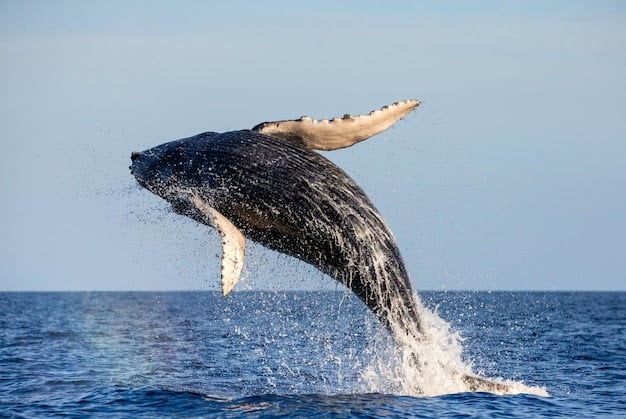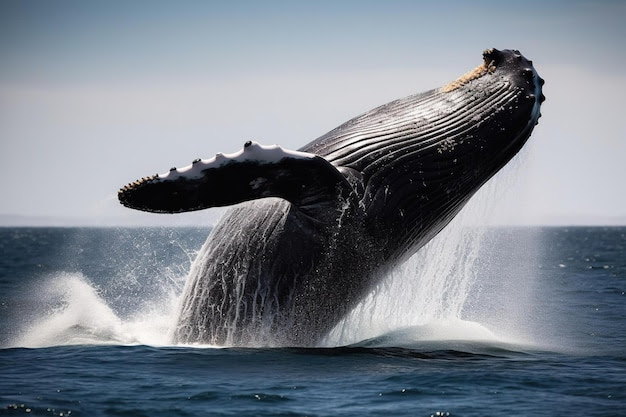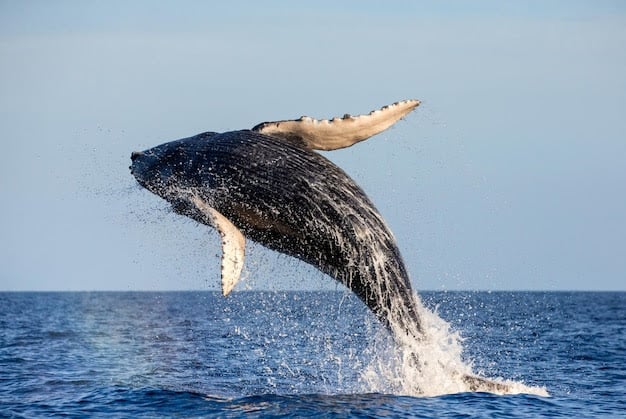
The cetacean will thus store much more CO2 during its lifetime than a tree, for example, which is limited to 20 kg per year. Beyond the environmental aspect, the protection and restoration of whale populations is of interest to the IMF, which confirms the economic importance of increasing their population.
The interest is twofold: on the one hand, the bodies of dead whales, made up of lipids and proteins, ensure the organic enrichment of the marine environment, and on the other hand, the carbon stored in their bodies will be buried in the sediments at their death and will remain trapped for millions of years.
Thus, a team of American researchers estimated that whales, before their hunting was systematized, removed 19,000 tons of CO2 from the atmosphere per year.

Moreover, the whale’s lifestyle also encourages the capture of CO2, notably through its food composed of phytoplankton, which is responsible for half of the production of atmospheric oxygen. It is by moving both vertically, diving to collect this food and then returning to the surface where they release nutrients, and horizontally, taking in their wake many specimens that themselves bring nutrients, that the whale stimulates the growth of phytoplankton.
According to Ralph Chami, deputy director of the Institute for Capacity Development and lead author of the IMF report, observation of this cycle has led to estimates that phytoplankton could capture 37 billion tons of CO2 per year, equivalent to what could be generated by four Amazon forests.

Since phytoplankton also absorbs carbon from the atmosphere during photosynthesis, there is real concern about the drastic decline in whale populations, which have fallen from around 5 million individuals before the start of massive whaling to 1.3 million today. Even if doubling the current whale population will take around 30 years, achieving this goal will increase the amount of phytoplankton available and an additional 1% would capture the equivalent of what 2 billion trees can absorb, according to the IMF.
The IMF has estimated the market value of a large whale at 2 million dollars by combining several factors, including tourism and the cost of CO2, in order to consider compensation for activities that would see their revenues decrease due to increased protection of cetaceans.
https://www.mossy.earth/rewilding-knowledge/how-whales-fight-climate-change
https://www.ifaw.org/international/journal/impact-climate-change-whales
https://www.bbc.com/future/article/20210119-why-saving-whales-can-help-fight-climate-change




